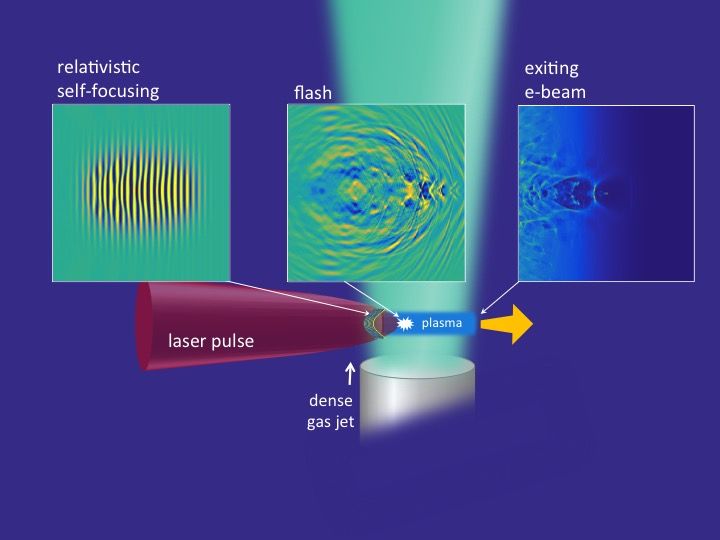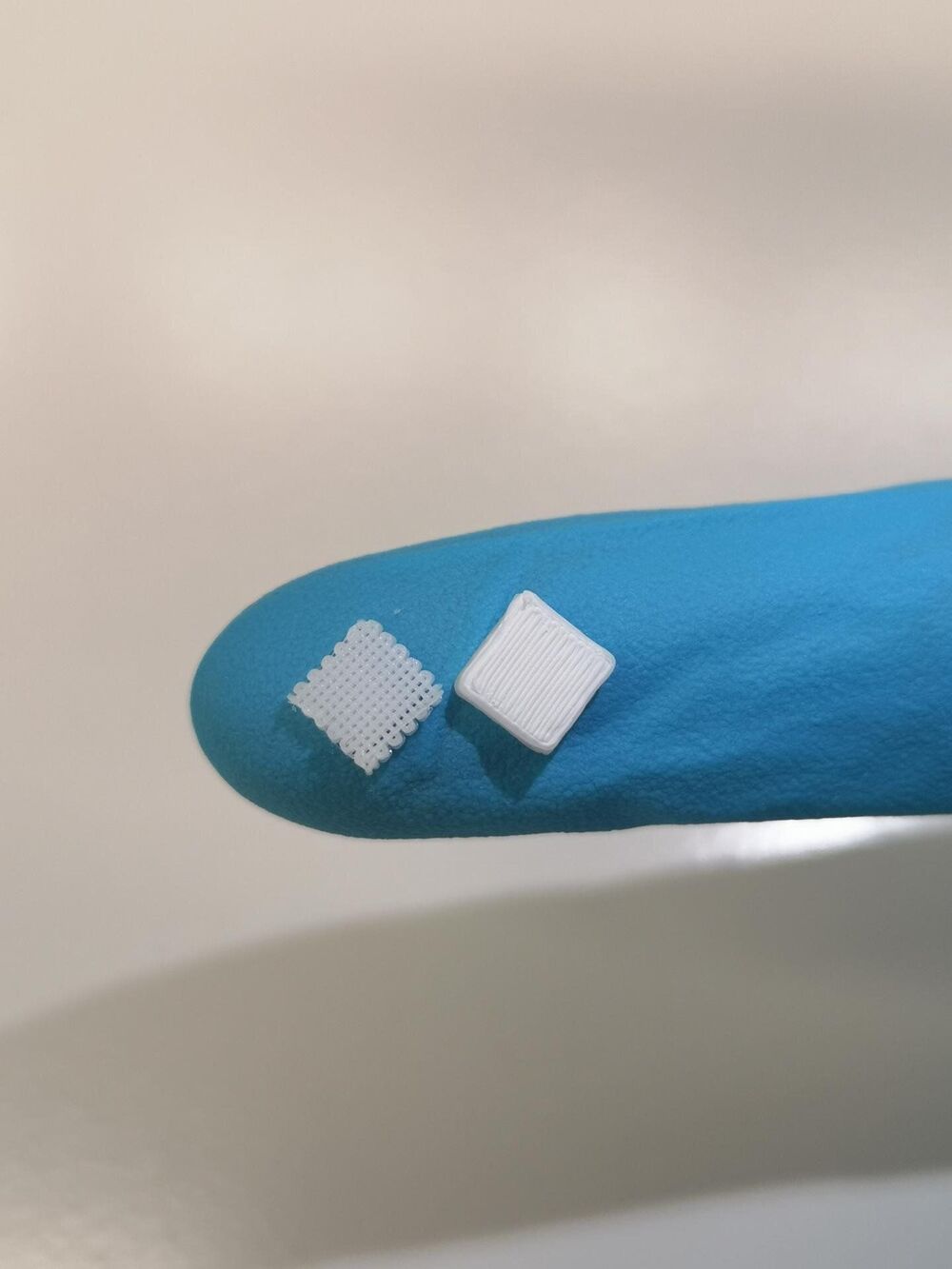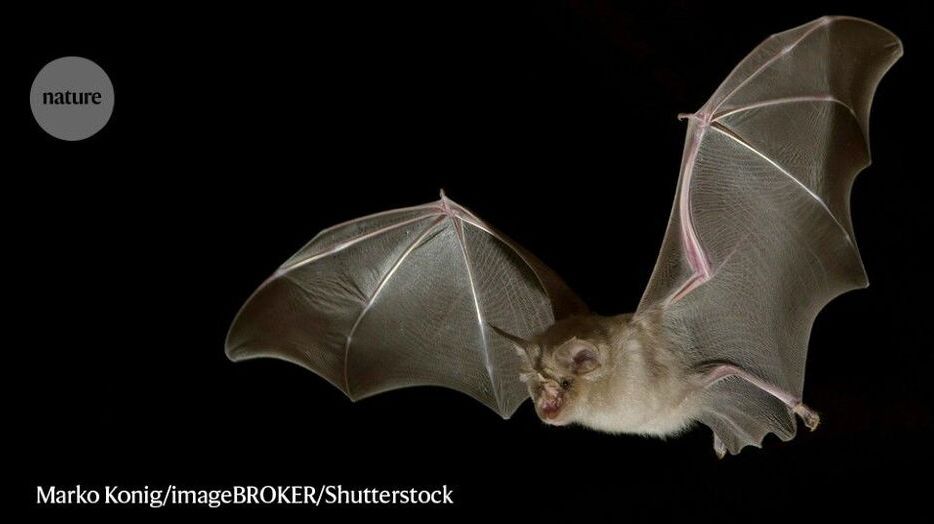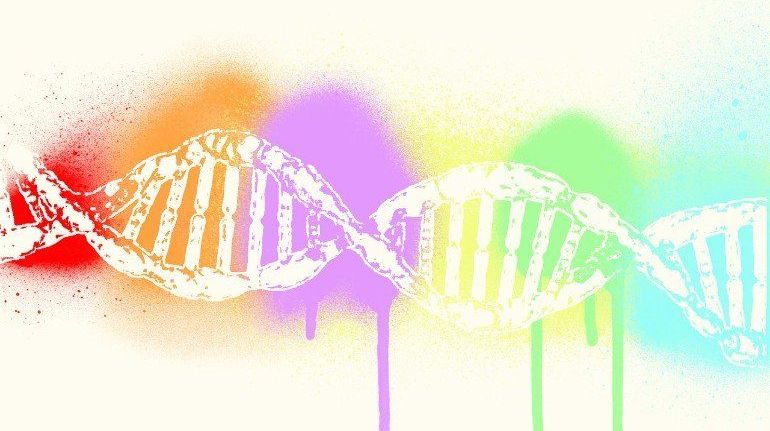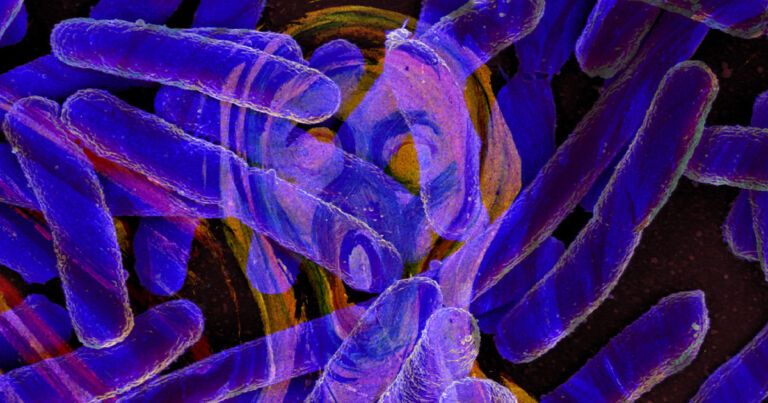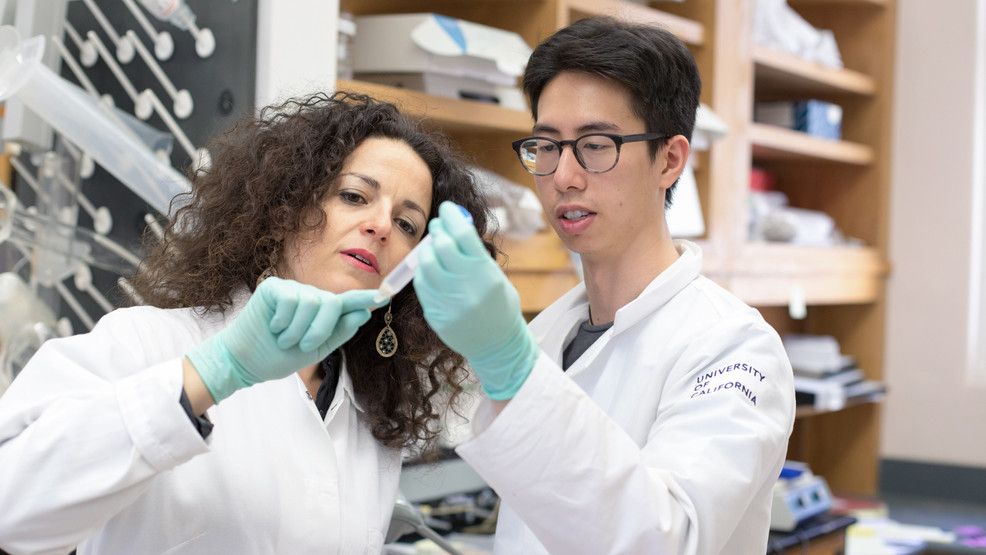The Turkish metropolis of Istanbul is also known as the “City of Cats,” due to the many thousands of felines living on its streets. However, since the onset of the coronavirus pandemic, life has been tough for these strays.
Archive for the ‘biotech/medical’ category: Page 1498
Dec 17, 2020
New discovery could enable portable particle accelerators
Posted by Quinn Sena in categories: biotech/medical, engineering
Circa 2015
Conventional particle accelerators are typically big machines that occupy a lot of space. Even at more modest energies, such as that used for cancer therapy and medical imaging, accelerators need large rooms to accommodate the required hardware, power supplies and radiation shielding.
A new discovery by physicists at the University of Maryland could hold the key to the construction of inexpensive, broadly useful, and portable particle accelerators in the very near future. The team has accelerated electron beams to nearly the speed of light using record-low laser energies, thus relieving a major engineering bottleneck in the development of compact particle accelerators. The work appears in the November 6, 2015 issue of the journal Physical Review Letters.
Continue reading “New discovery could enable portable particle accelerators” »
Dec 16, 2020
Researchers develop new combined process for 3D printing
Posted by Saúl Morales Rodriguéz in categories: biotech/medical, materials
Chemists at Martin Luther University Halle-Wittenberg (MLU) have developed a way to integrate liquids directly into materials during the 3D printing process. This allows, for example, active medical agents to be incorporated into pharmaceutical products or luminous liquids to be integrated into materials, which allow monitoring of damage. The study was published in Advanced Materials Technologies.
3D printing is now widely used for a range of applications. Generally, however, the method is limited to materials which are liquefied through heat and become solid after printing. If the finished product is to contain liquid components, these are usually added afterwards. This is time-consuming and costly. “The future lies in more complex methods that combine several production steps,” says Professor Wolfgang Binder from the Institute of Chemistry at MLU. “That is why we were looking for a way to integrate liquids directly into the material during the printing process.”
To this endeavor, Binder and his colleague Harald Rupp combined common 3D printing processes with traditional printing methods such as those used in inkjet or laser printers. Liquids are added drop by drop at the desired location during the extrusion of the basic material. This allows them to be integrated directly and into the material in a targeted manner.
Dec 16, 2020
Chemical Compounds in Foods Can Inhibit a Key SARS-CoV-2 Enzyme
Posted by Brent Ellman in categories: biotech/medical, chemistry, food
““Green tea has five tested chemical compounds that bind to different sites in the pocket on Mpro, essentially overwhelming it to inhibit its function,” Xie said. “Muscadine grapes contain these inhibitory chemicals in their skins and seeds. Plants use these compounds to protect themselves, so it is not surprising that plant leaves and skins contain these beneficial compounds.””
Glad I picked up a refill on my resveratrol this week!
Green tea, muscadine grape and dark chocolate chemical compounds inhibit an important SARS-CoV-2 enzyme.
Continue reading “Chemical Compounds in Foods Can Inhibit a Key SARS-CoV-2 Enzyme” »
Dec 16, 2020
Meet the scientists investigating the origins of the COVID pandemic
Posted by Omuterema Akhahenda in categories: biotech/medical, food, health
An epidemiologist who helped to tie the 2012 outbreak of Middle East respiratory syndrome (MERS) to camels; a food-safety officer who studies how pathogens spread in markets; and a veterinarian who found evidence linking the 2014 West Africa Ebola outbreak to bats roosting in a hollow tree. These researchers are among the team that the World Health Organization (WHO) has assembled to investigate the origins of the coronavirus pandemic.
Ten researchers with expertise in virology, public health and animals will seek to answer this key question.
Dec 16, 2020
Italian Police Used a Lamborghini Huracán to Transport a Donor Kidney 300 Miles in Two Hours
Posted by Omuterema Akhahenda in category: biotech/medical
As awe-inspiring as they may be, no one would ever call a supercar practical. But there are certain driving tasks for which only an ultra-high-performance vehicle will do. And, apparently, one of them is transporting a donor organ a long distance in a very short period of time.
That’s the conundrum Italian Police faced earlier this month, reports The Drive. Luckily for all involved, the department happened to have a Lamborghini Huracán on hand to drive the donor kidney 300 miles in just over two hours.
The supercar drove the organ from Rome to Padua in less than half the time it would normally take.
Dec 16, 2020
Origin of a Deadly Brain Cancer Identified
Posted by Genevieve Klien in categories: biotech/medical, genetics, neuroscience
Researchers have identified a cancer-causing mutation in the PDGFRA gene that drives cell mutation and growth when activated. The findings have implications for the treatment of a subset of glioblastoma brain cancer.
Dec 16, 2020
Scientists: Unfortunately, Bacteria Scream When They Die
Posted by Shane Hinshaw in category: biotech/medical
Dead Cells
It’s an intriguingly microscopic example of pro-social behavior — an adaptation that doesn’t help an individual survive, but does let it use its death to help others, therefore making the entire swarm more likely to survive and reproduce.
“Dead cells are helping the community survive,” University of Texas at Austin professor of molecular biosciences told Live Science.
Dec 16, 2020
Researchers discover drug that reverses mental decline, aging
Posted by Lon Anderson in categories: biotech/medical, life extension, neuroscience
WASHINGTON (SBG) — Researchers studying cognitive deficits following traumatic brain injuries have discovered what they say is a revolutionary drug that could provide the cure for aging. The study by the University of California San Francisco has shown promising results among mice, essentially reversing age-related declines in memory. “We went on with this crazy experiment… and were able to return their cognitive function to as if they were never injured,” said Dr.
Dec 16, 2020
Researchers develop new method to print tiny, functional organs
Posted by Paul Battista in categories: bioengineering, bioprinting, biotech/medical, neuroscience
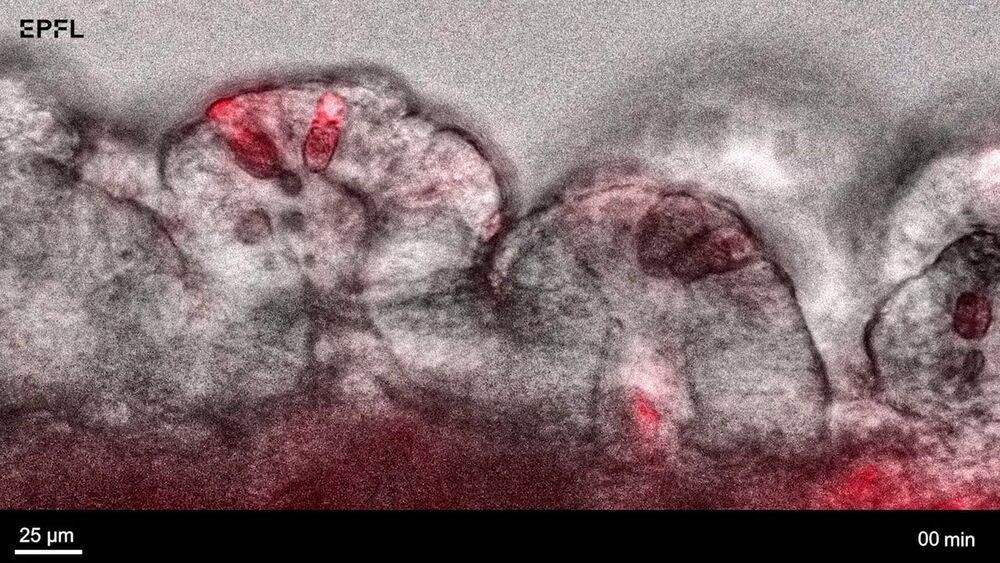
Researchers at EPFL have developed an approach to print tiny tissues that look and function almost like their full-sized counterpart. Measuring just a few centimeters across, the mini-tissues could allow scientists to study biological processes—and even test new treatment approaches—in ways that were previously not possible.
For years, mini versions of organs such as the brain, kidney and lung—known as “organoids”—have been grown from stem cells. Organoids promise to cut down on the need for animal testing and offer better models to study how human organs form and how that process goes awry in disease. However, conventional approaches to grow organoids result in stem cells assembling into micro-to millimeter-sized, hollow spheres. “That is non-physiological, because many organs, such as the intestine or the airway, are tube-shaped and much larger,” says Matthias Lütolf, a professor at EPFL’s Institute of Bioengineering, who led the study published today in Nature Materials.
Continue reading “Researchers develop new method to print tiny, functional organs” »

